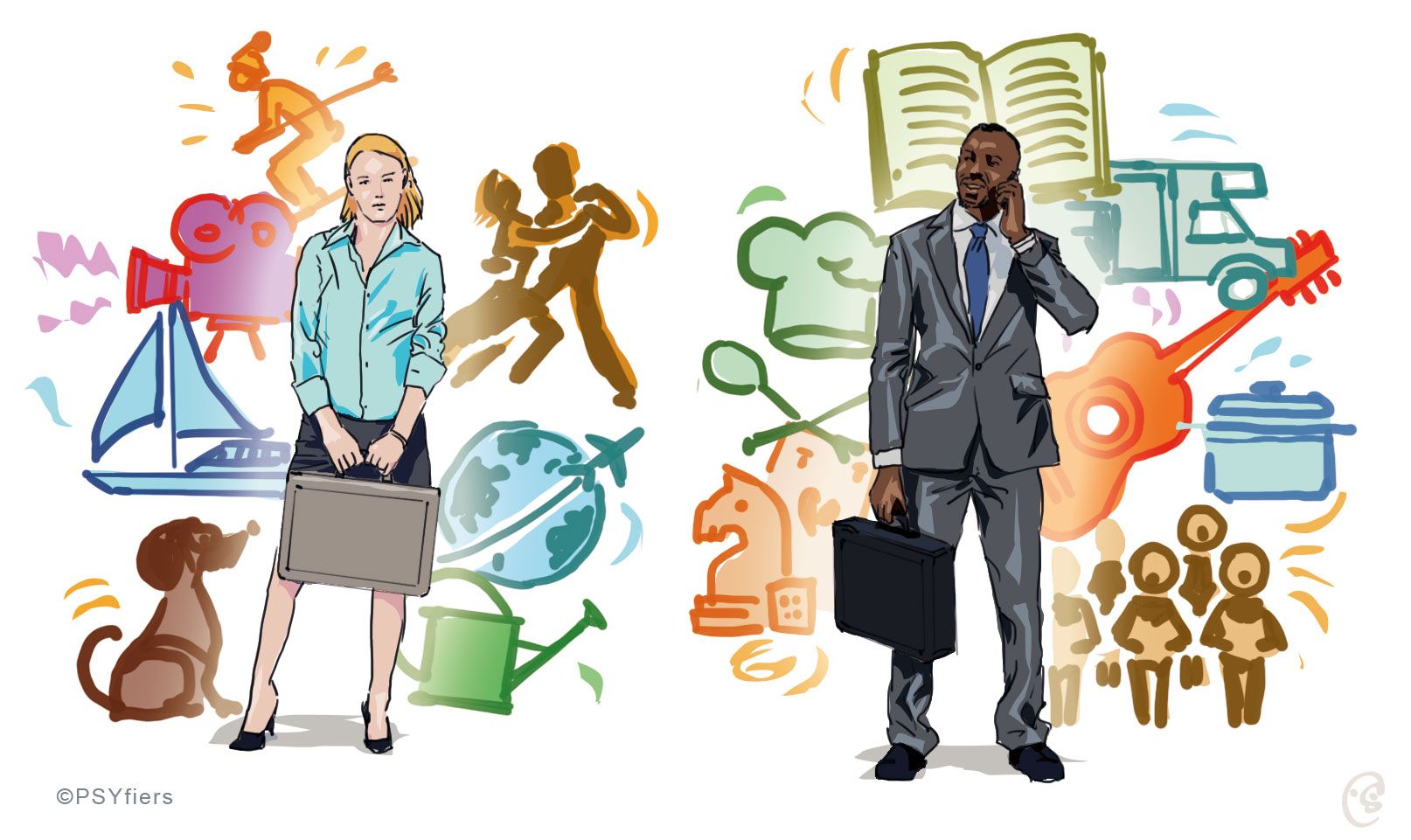People are diverse. They come from different backgrounds, have different genders, etc. Their personalities, however, are even more multifaceted. Understanding this form of diversity and using it for the good of a team seems complex. But it is worth making the effort.
Diversity 1.0 is still overdue
There is unfortunately no denying: Diversity 1.0 is still not yet universally established. Prejudices against people based on their ethnic background, religion, sexual orientation, disabilities, gender, or age still very much exist. And I agree that especially older white men like me must do more to get rid of all these misconceptions and the injustices that result from them.
Making an extra effort
But, there is more to the notion of diversity: Achieving great success in a team, a group, or a company, requires the full potential of everyone involved. It is not enough to know about and deploy staff members’ expertise, their experiences, their ethnic or professional backgrounds or their gender. Above all, it is necessary to identify, comprehend, and utilise their diverse personalities. Andrea Derungs, Head of Zürich’s Office for Gender Equality, stipulated it fabulously regarding children: “Every child is unique - in its appearance, its character, its interests, preferences and abilities. And that is exactly how they should be nurtured. So why «typical boy» or «typical girl», why not simply «typical Andrea» or «typical Sascha»? In this way, we respond to the individual child and perceive him or her as such.” (Tagesanzeiger) In other words, acknowledging gender and background is great. But the extra effort to find out about people’s mentalities, about how they are wired and how they come to their conclusions as individuals is even more important.
Opinions form in milliseconds
Unfortunately, we tend to form an opinion (all too) quickly.
The first encounter with my wife was a disaster. She thought I was arrogant, loud, not really likeable. A few milliseconds were all it took for her to reach her verdict. People size up and form opinions of others with lightning speed. We have a «radar for people» that is located in a genetically «age-old» area of our brain. Itallows people to optfor flight or fight quickly in a time, where hesitation could be deadly. Luckily, we do have a bit more time for assessing others today. And so, my wife and I have been together for 39 years now!
Tend to confirm our own assessment
Our «radar for people» works very much like a real radar. When radars capture an object, the information they provide is imprecise at first. Only once there is also a visual and radio contact, is it possible for people using the radar to identify what or who they are dealing with. Our «radar for people», too, is providing us with littleinformation with respect to personalities or motivations. The power of the first impression, however, is enormous. And we tend to confirm those first conclusions, regardless of whether the first impression was negative or positive. And what is more, we rarely consider in what circumstances we formed that first impression. Maybe wewere in a particularly bad mood – or in high spirits.
Be curious and open-minded
All we need to gain more insight into the attitudes and actions of others are a little time, curiosity and an open mind. Unfortunately, few people, and even fewer companies, take the time to take another look. I am very happy my wife did take another look and showed an open mind. What I learned from her, is what I call Diversity 2.0! Let us spend some time and efforts to get to know others before we put them in a box!
